A dynamic presentation of the history of Kampos
HISTORY
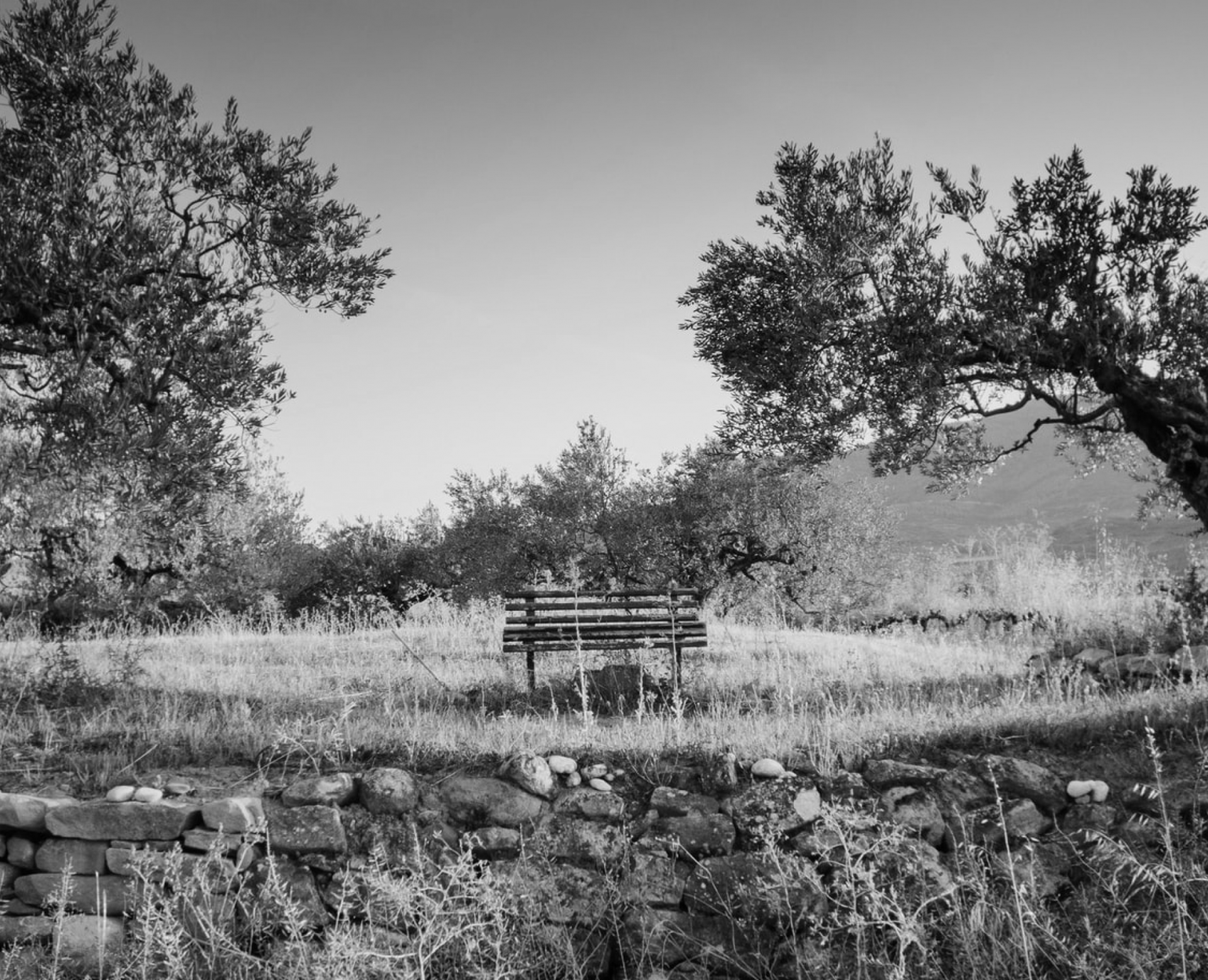
Today
Kambos stands out for its unique architectural identity, that is still preserved today, inspired by the Genoese and Ottoman architectural traditions. Almost 200 fields, surrounded by high walls, about the same number of mansions of high architectural quality, with auxiliary buildings, elaborate pebble courtyards, cisterns, wells, and orchards, constitute the Kambos of today. Many mansions have been repaired, to be lived in, whereas some (10) are being used as guest rooms. All the orchards are cultivated. The use of a house in Kampos is largely preserved, while several buildings (10) have been converted into hostels, and almost all the orchards are cultivated.
The promotion and promotion of the cultural reserve of Kampos Chios with digital media will allow its diffusion to large portions of the public and will increase the tourist product.

1960 A turning point in modern history
After 1960 begins the decline of the citrus trade and the rapid penetration into the plain of various other activities and land uses. The total absorption of Kambos by the city of Chios was interrupted with the legislative framework from the Greek Ministries of Culture and Land Management, that put Kambos under protection and gave a new push to the buying and restoration of the mansions and of other buildings in the area.
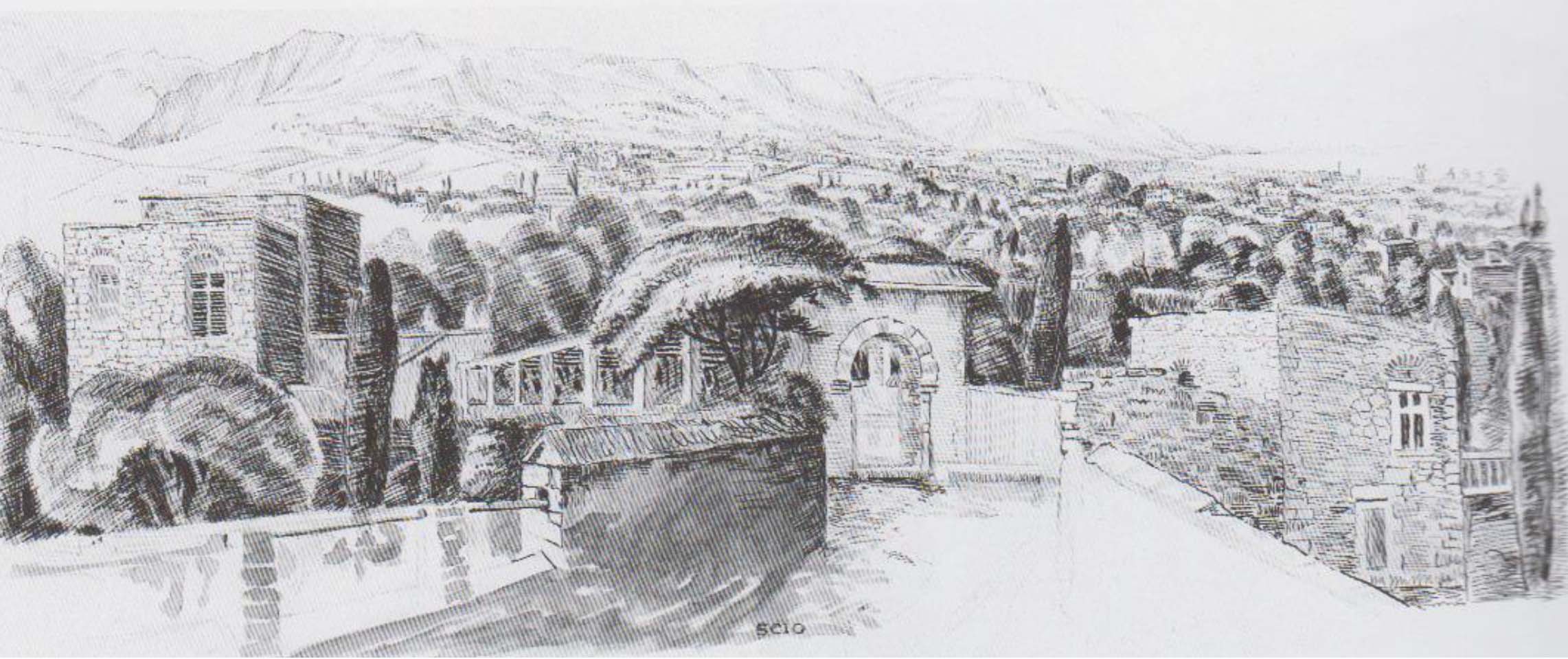

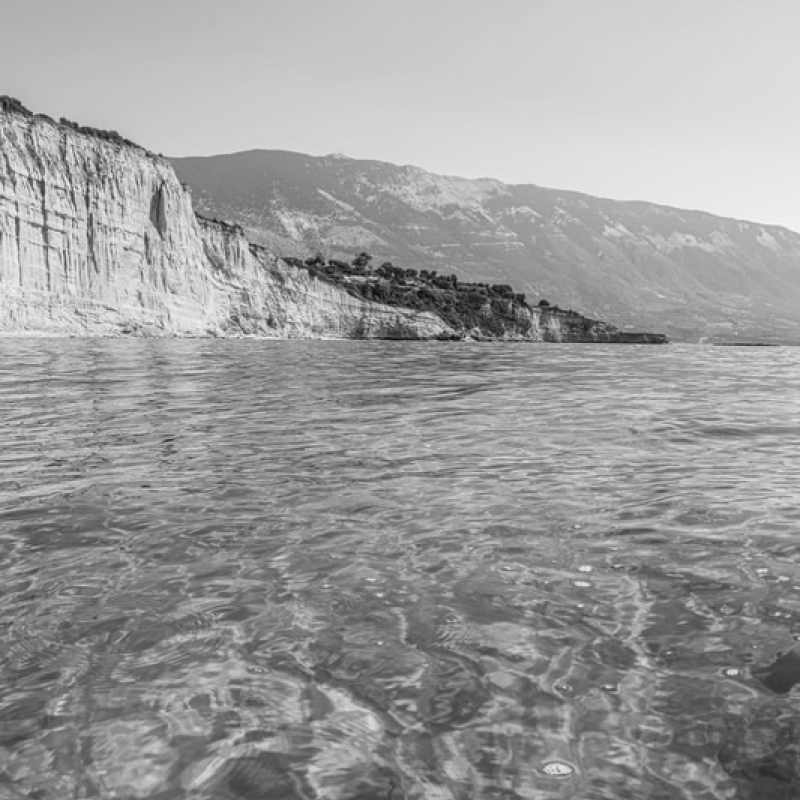
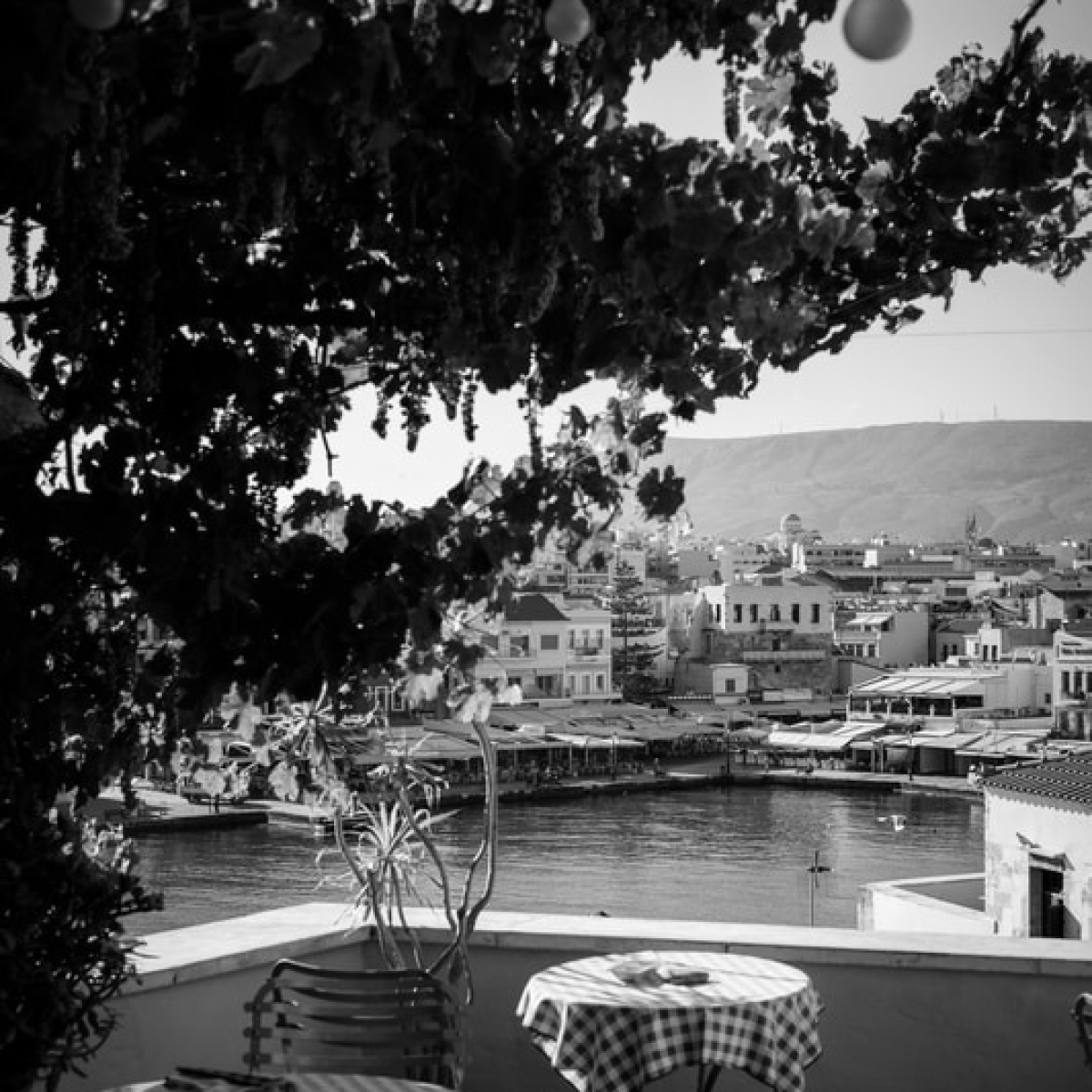
1927 Refugee Settlement
After the Greco-Turkish war of 1919-1922, many Greek refugees from Asia Minor, just opposite Chios, started coming to Kambos, and a refugee settlement was established in the area of Varvasi. This was the first extension of the city of Chios towards Kambos. After WWII, the development of modern infrastructures such as the airport and the electricity unit deprived Kambos of many orchards, mansions and more importantly, connection to the sea.
1912 Liberation
Chios was liberated from Ottoman rule in the winter of 1912, during the first Balkan war. For military reasons, the Greek army landed at Kontari beach, in Leukonia, so the area from Kambos to the hill of Aghios Konstantinos was the first free area of the island. Kambos continued providing wealth in the 20th century, with the trade of citrus fruits, although political circumstances and financial development often had negative effects on its trajectory.


1881 Earthquake
On the 3d of April 1881,Chios was destroyed by the deadliest earthquake in the history of modern Greece. Its epicentre was in the sea between Chios and the peninsula of Erithrea, in Turkey. In the city of Chios, in Kambos, and the eastern Mastiha villages, most buildings private or public were destroyed. The number of casualties in Chios and in Asia Minor together exceeded 4000 and 7000 were injured. Most were from Chios. In Kambos, very few buildings stood untouched. Most buildings were destroyed above the ground floor. There are still stories told about entire families that were lost under the debris.
After the earthquake came a period of reconstruction of a lot of buildings and churches, as many inscriptions on those suggest. Many fields were sold to people that could afford the reconstruction. The earthquake must have also cleared much of the debris of the previous catastrophe of Chios, in 1822.
After the earthquake, buildings stopped being developed vertically and the third and fourth floors were abandoned. Also, the roof type of travaka (a hipped, high roof that looked like a pyramid) was abandoned. The new buildings were better made, with improved carved blocks and neoclassical elements.

1870 - Land registry of Kambos
The richest source of information regarding the situation in Kambosbefore the earthquake of 1881 is the Ottoman land registry of 1870, that can be found in the library of Korais, in the city of Chios. This is the official translation of Demogerontia from the Ottoman. Registration of the land was conducted in parallel with the census of the population, and comprised all the fields, the residences, and every other type of building, public or private – even ruins. It shows that, overwhelmingly, the owners of the orchards and mansions were Christian.
The main streets and areas of Kambos were the same as today, with the churches as their focal points. Most owners had two or three estates, half of them being fields and a third of them being orchards with citrus fruits. The fields also had olive trees, vines, and some almond trees. It seems that to every orchard corresponded a residence.
The residencesusually had two to four parts and two or rarely three floors. The registry also mentions churches with their auxiliary buildings and the lands and fields that belonged to them.
Many fields were obviously the result of the unification of two or more ownerships, like the famous moulki of the renowned Greek writer Emmanouil Roidis.
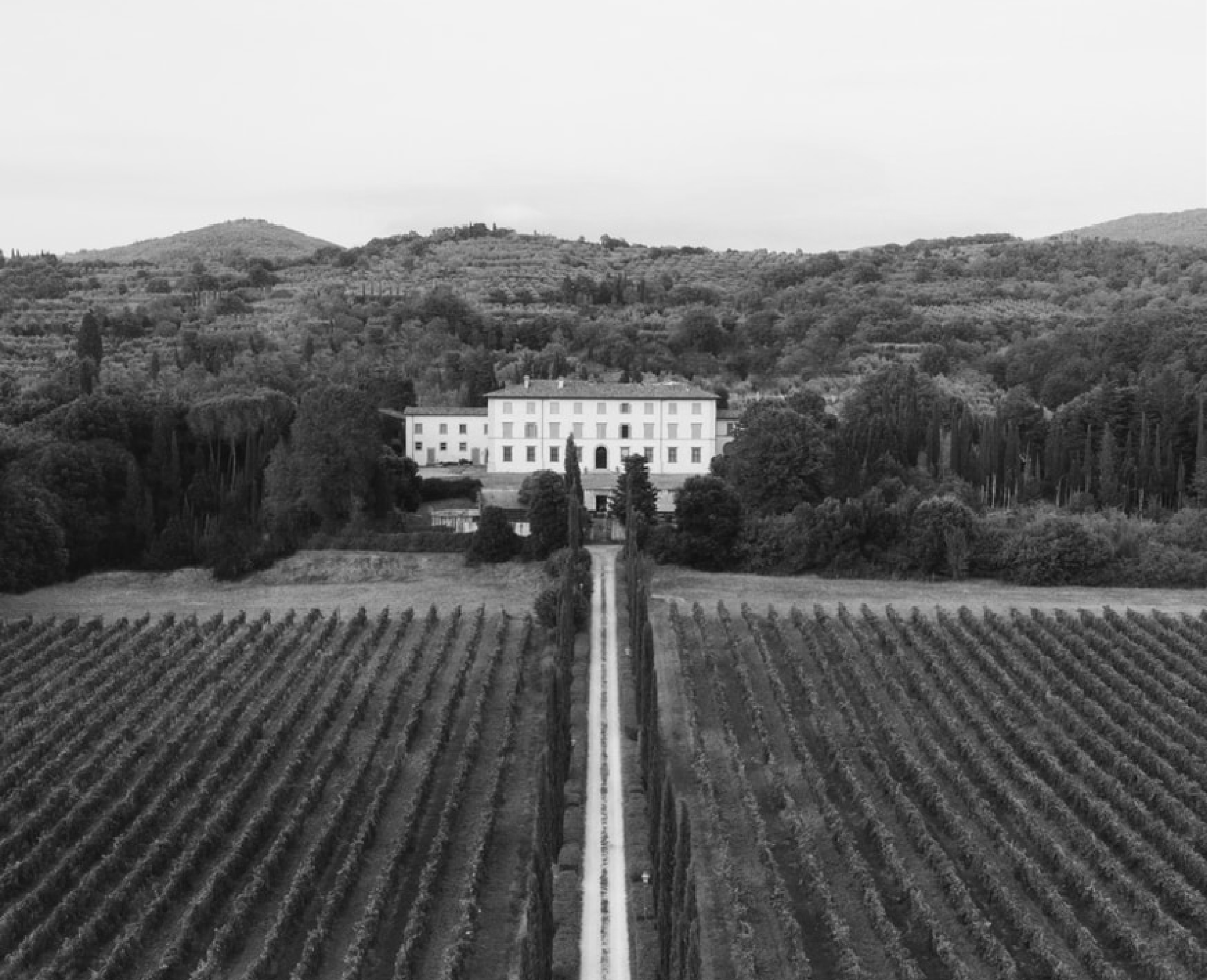
Massacres 1822 & 1828
The massacres of the Christians by the Turksthat took place in 1822, together with the looting of the rich mansions, the violations towards people and the burning of the orchards, led to the abandonment of the area for a few years. After the Crimean War, the economy of Kambos took off again and despite the earthquake, wealth and abundance characterised this period. New landowners came from liberated Greece, western Europe and, more importantly, Egypt.

1566 - Ottoman Conquest
The handing over of the island to the Turks in 1566 brought an end to the Genoese domination, but at the same time established a special regime of privileges that allowed the old nobles to preserve their ownerships and the Ottoman authorities to respect their contracts. From then comes the term moulki from the Turkish mülk that means an everlasting ownership. The situation worsened for the Catholics, after the short Venetian occupation of the island in 1694-95, when hundreds of families were forced to abandon the island. Many ownerships changed hands and many churches changed their doctrine when the Catholics fell from grace around the 18th century. So, the 18th century left Kambos more orthodox and more Greek. The area benefited from the ascent of the production and trade of silk fabrics of Chios and a new category of owners established in Kambos: rich traders with connections to Smyrna, Istanbul and other metropolises in the Mediterranean and Black Sea.


1346 - Genoese Conquest
The presence of the Genoese started with the privileges of exploitation that they were given in Chios and the area of Phocaea in the 13th century. After a conflict that lasted many decades, Chios fell into the hands of the Genoese in 1346 that exploited it through the Mahona company of the Giustiniani family. The Genoese defined the fate of Kambos until today.
It is they who are credited with the creation of the orchards, and the plans of the houses, with the tower, the cistern, the courtyard, and the monumental gate. Following the example of Italian cities, the ownership of Kambos became the symbol and the basis for participation in the Genoese nobility, and essentially participation in the political life of the island. Their social status was highlighted by the use of coats of arms and special symbols above the mansion and the orchards gates.
The prominent byzantine families that remained on the island were not deprived of their benefits and their land but were slowly assimilated into the new reality, creating an intermediate nobility. Gradually, they won the recognition of Genoa, and in 1528, acquired the right of citizenship of Genoa, their inscription in the Libro d’Oro of the democracy of Genoa and the use of their coat of arms.
With time and despite the difference of religion, common Genoese-Chios families were created that carried a special hybrid culture, whose most prominent survivor is today Kambos.
Byzantine Past
Kambos is a piece of fertileland surrounded by mountains, close to the city of Chios. So, undoubtedly, before the arrival of the Genoese there must have been powerful landlords in the area who owned large stretches of land and took advantage of the riches of Kambos. We don’t know the exact configuration of Kambos at that time, but for sure there were important cultivations, especially olive trees, vines, and mulberries, that provided an important income to their owners.
Due to its location, Kambos is exposed to possible attacks from the sea, so probably the previous important settlements were further up the hill and were fortified. The island in general suffered from pirates, especially the Turkish tribes of Anatolia, and was destroyed in the 11th century. Important for its reformation was the creation of Nea Moni in the centre of the island, with land spanning until Kambos. From 1204 to 1259, the island was given to the Latin Empire of Constantinople and then was again under byzantine rule, as part of the Empire of Nicaea.
During these political adventures of the island, from the 11th to the 14th century, emerged the prominent byzantine families and lords who remained in Chios and maintained their prestige for many centuries, some of them until the massacre of 1822.
